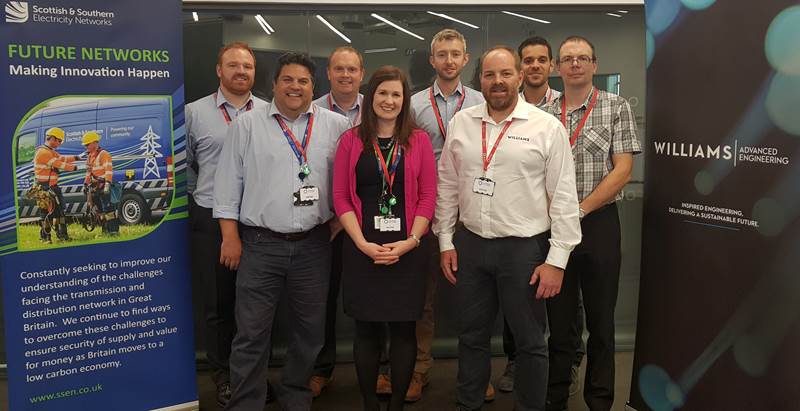SSEN Transmission publishes future business plan for consultation
Scottish and Southern Electricity Networks' Transmission has published its 'A Network for Net Zero' report which outlines plans for the future of the north of Scotland electricity transmission system.
27th June 2019 by Networks

With the UK Government committing to achieving net zero emissions by 2050 and the Scottish Government committing to meet this target five years earlier, in 2045, SSEN says that its draft business plan reflects these challenges and follows substantial consultation with national and local stakeholders as well as SSEN Transmission’s independent expert RIIO-T2 User Group.
‘A Network for Net Zero‘ aims to support both Governments’ targets and meet the needs and expectations expressed by stakeholders through five clear, ambitious goals:
- Transport the renewable electricity that powers 10 million homes (circa 10 GW)
- 100% network reliability for homes and businesses
- Every connection delivered on time
- One third reduction in SSEN Transmission’s greenhouse gas emissions
- £100m in efficiency savings from innovation
Rob McDonald, managing director for SSEN Transmission, said: “Our network already supports over 6GW of clean power but continued investment in the electricity transmission system is key to unlocking the further potential the North of Scotland can play in meeting Governments’ targets for net zero greenhouse gas emissions.
“Our ‘Network for Net Zero’ proposal is a balanced package that makes a powerful case for the vital investment needed to deliver the clean energy transition, reflecting the ambition our stakeholders have told us they want to see, at an affordable cost to consumers, whilst also providing a fair return to investors.”
SSEN Transmission will now consult further with stakeholders ahead of submitting a final plan to Ofgem in December as part of its RIIO T2 price control process. As part of Ofgem’s consideration of the final plan, the regulator will consult with stakeholders during 2020 before determining what level of investment should be taken forward from 2021 through to 2026.
In the draft plan, SSEN Transmission’s ‘Certain View’ sets out that a minimum investment of £2.2bn is required over the five-year period to maintain and grow the north of Scotland transmission network to meet the certain needs of current and future electricity generators and customers. A significant proportion of this investment will take place in the north east, with a particular focus on accommodating the growth in offshore wind in the area.
It is anticipated additional investment will be required to deliver the transition to net zero, but this investment will only be released once there is certainty it is needed – protecting billpayers.
To deliver its plans, SSEN Transmission estimates its average cost to the GB consumer over the RIIO-T2 period will be around £7 a year.
Comments
Login on register to comment
Related content

Gas
Cadent backs launch of major bio-CNG HGV refuelling station
Gas network’s £250,000 infrastructure investment ensures supplies to existing connected customers have not been impacted

Gas
Editor’s blog: The biggest tests of resilience are yet to come
Network content director Jane Gray reflects on the industry's coronavirus response to date and the challenges still to come.

Gas
From the front line: Chris Garside and Andy Simcoe, Northern Gas Networks
Key workers across the power and gas networks are playing a critical role in the national response to Coronavirus. Network has committed to profiling their stories.
Related supplier content
![‘Learning by doing’ on the road to net zero [test product]](https://networksonline.s3.amazonaws.com/products/images/3.jpg)
People & Skills
‘Learning by doing’ on the road to net zero [test product]
DSO director Andrew Roper discusses 'Learning by doing'

Power
Load patterns and lockdown: how Covid-19 is impacting electricity networks
Insights into dynamics on the low voltage network as the outbreak unfolds

Downloads
Protect electrical equipment from insulation failure
Insulation faults are a major cause leading to the eventual failure of electrical equipment. Partial discharge (PD) is a very reliable indicator of developing insulation faults. Regular PD testing allows users to detect and analyze PD activity